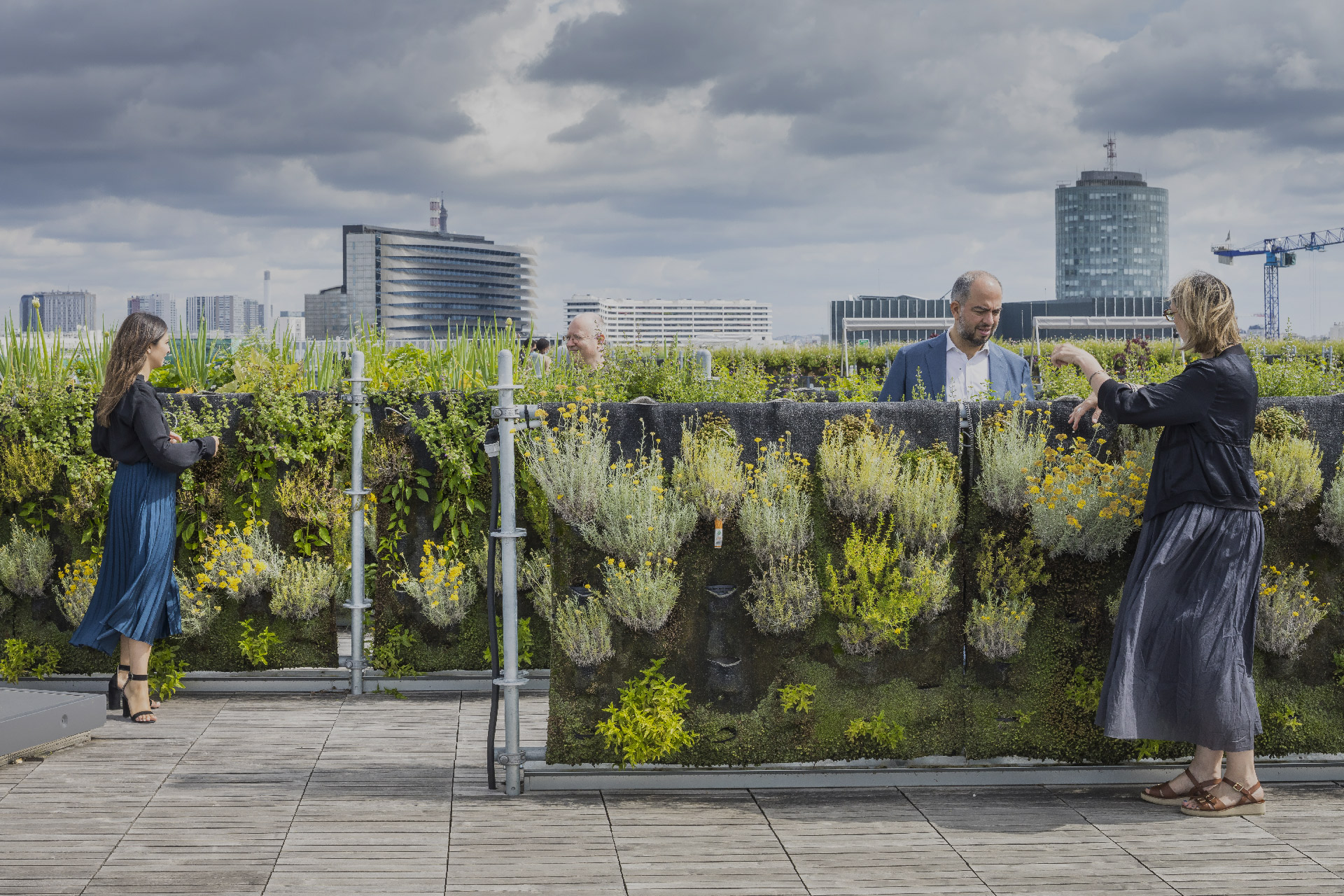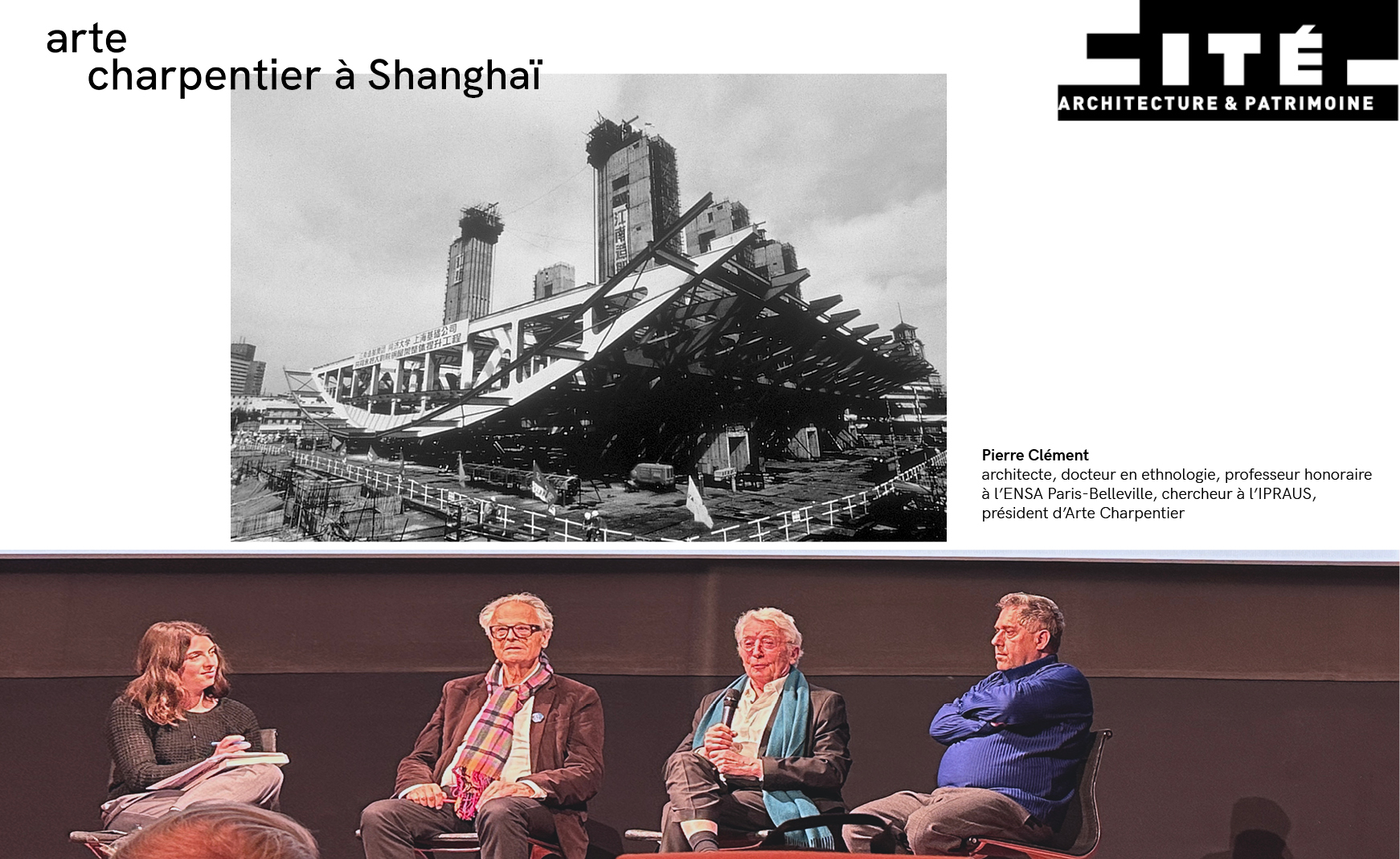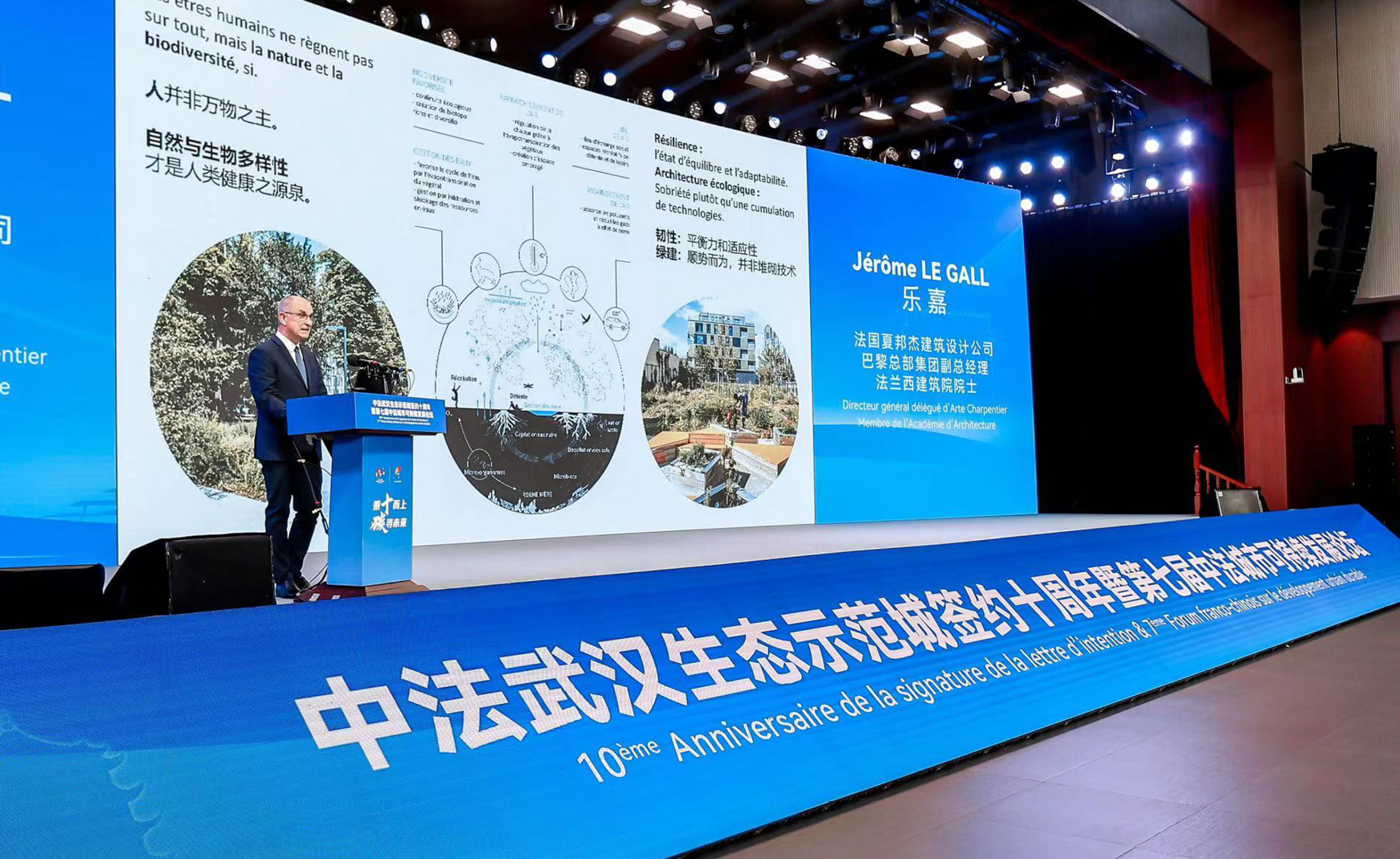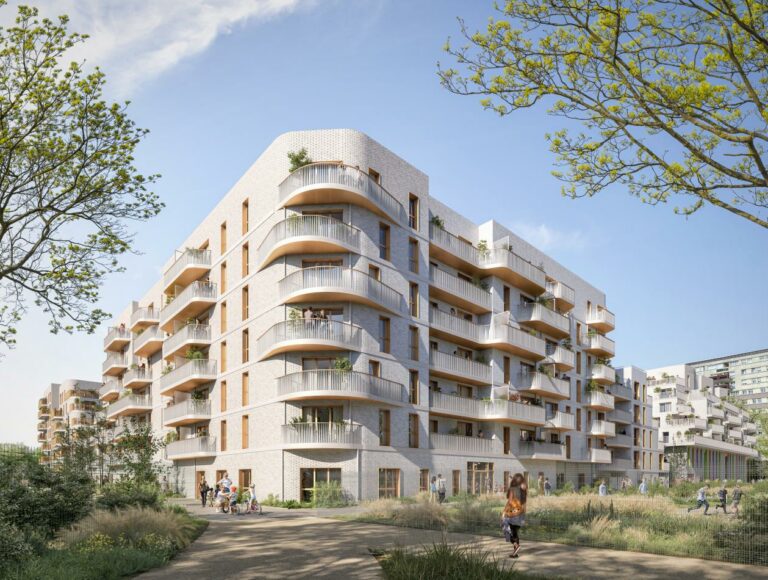
To mark the 60th anniversary of the establishment of diplomatic relations between France and China. We invite you to (re)discover the 40 years of support provided by the firm Arte Charpentier, a pioneer in Sino-French collaboration.

The history of Arte Charpentier: a unique experience in architecture, urban planning and landscape design in China – with its two firms in Shanghai and Wuhan
view of the lecture at the Cité de l’Architecture et du Patrimoine, Paris, 2024
On Thursday 25 April 2024, at the Cité de l’Architecture et du Patrimoine, Pierre Clément took part in a symposium on the work of Paul Andreu. This was an opportunity to look back at the emergence of French architectural firms on the Asian scene, pioneered by Arte Charpentier, whose projects include the Shanghai Opera House from 1993 onwards.
The 1980s — the first assistance missions

It was in 1978, with the economic reforms undertaken by Deng Xiaoping, that the Chinese returned to university and the Schools of Architecture reopened their doors. The profession had to reinvent itself, and from the early 1980s the first graduates went abroad to pursue their studies, and Arte Charpentier welcomed its first trainees.
The desire to learn quickly from abroad led to the development of public technical cooperation programmes, and it was in this context that Arte Charpentier carried out its first assistance missions, accompanying the French Institute of Architecture, in the field of housing diversification, urban planning and the redevelopment of old districts.
This first cooperation led to a consultation for the rehabilitation of a district of the former French Concession in Shanghai, the Qianjiatang district, on Huaihai Lou Street, which gave rise to a competition organised by the Construction Department in which the firm took part, in association with Marie-Christine Gangneux and Bernard Huet.
The 1990s — the revival of metropolises



Illustration Arte Charpentier
In the 1990s, Chinese cities such as Beijing, Shanghai and Zheng Zhou experienced a renaissance marked by the emergence of major cultural facilities. The Shanghai Opera House, built by the firm, was the first of its kind, establishing a model that has gradually spread throughout China.
This symbol underlines the country’s commitment to promoting its artistic heritage as part of its urban development.
In the 1990s, the transformation of metropolises was also accompanied by the “invention of shared public space”, which is how we created the first public square, in front of the Pudong Municipality, when the metro arrived.

The square will be home to the Avenue du Siècle, “Shanghai’s Champs Elysées”, a 100 metre wide, 5.5 km long, garden-lined thoroughfare that will form the backbone of the entire Pudong district, punctuated by the creation of 11 squares.

At the same time, the ancient city of Puxi also wants its public spaces and is launching work to pedestrianise the shopping and cultural section of rue de Nankin.
The 2000’s — the emergence of new town centres


Illustrations Arte Charpentier
In 1999, approval of the master plan introduced the innovative concept of the new town. Since then, urban projects have been emerging. Shanghai’s new towns are destined to become fundamental elements in the development of the municipal territory. Wanli, designed by Arte Charpentier in 2004, is a case in point. This strategy of municipal structuring has led to the emergence of functional programming on the scale of these new urban centres, illustrating the dynamic evolution of the Chinese urban landscape.
Yang Liu, an architect and PhD researcher at the firm, explores these issues in detail in her thesis entitled “The new cities of Shanghai”.
The 2010’s — neighbourhoods to be refurbished
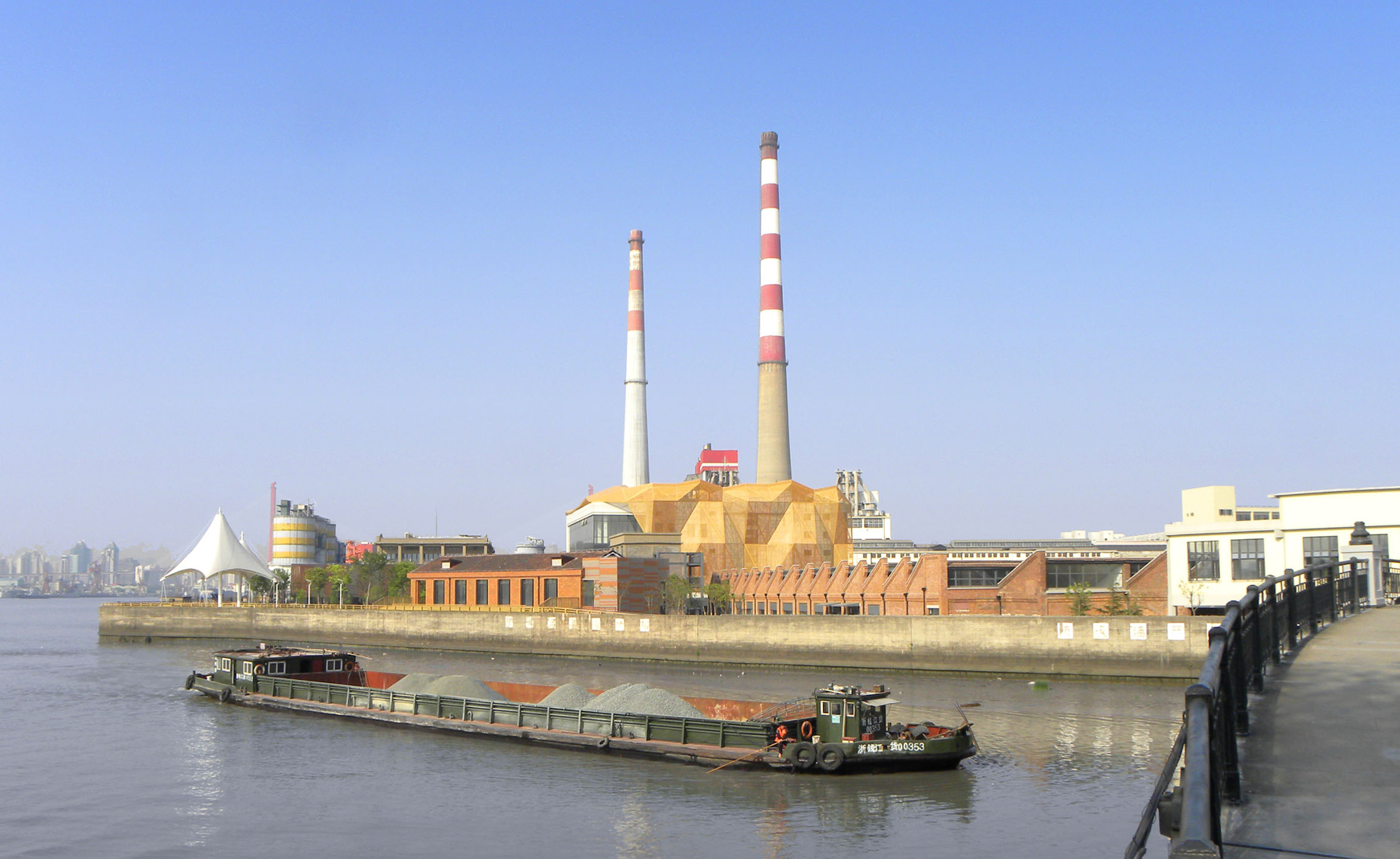

Fashion City, Shanghai, 2012

Citizens’ Centre, Wuhan, 2013
From the 2010s onwards, Chinese municipalities launched initiatives aimed at preserving historic districts, marking the beginning of new economic and environmental requirements.
This trend reflects a growing awareness of the importance of preserving and enhancing cultural heritage. At that time, Arte Charpentier was entrusted with the renovation of a former 1920s textile factory on the banks of the Huangpu River in Shanghai, transforming it into a cultural and leisure space: the Fashion Centre.
The 2020s — eco-neighbourhoods as the new standard



Eco-city Sino-french of Caïdian, Wuhan, 2013



Ecodistrict of Zhifang, Wuhan, 2013
In China, the emergence of eco-neighbourhoods reflects a growing desire to promote urban planning based on environmental practices, while taking account of the existing urban fabric. Two of the firm’s remarkable projects, which have won several national awards, embody this vision: the Chinese-French eco-city of Caïdian and the Zhifang eco-district in Wuhan.
For the latter, Arte Charpentier is recomposing the city by revealing its historical layout and reopening canals that are over 2,000 years old.
For the decades to come — We must stop fighting nature and design projects that follow its course and rhythm
Lecture by Jérôme Le Gall at the 7th Sino-French Forum on Sustainable Development in Wuhan, 2024
Lecture at the 7th Sino-French Forum on Sustainable Development. This event showcased exchanges between China and France on issues relating to sustainable development, environmental policies, energy initiatives and resource management.
Arte Charpentier was able to present its innovative approach and research projects, with a view to initiating collaborations aimed at promoting sustainable practices to shape tomorrow’s urban landscape together.
-

Pierre Clément Architect & Urbanist, Associate, Researcher, Administrator

Administrator
EDUCATION
Architect DPLG – École Nationale Supérieure des Beaux-Arts de Paris
Diploma – Institut des Langues et Civilisations Orientales
PhD in Ethnology, with first class honours – Paris la Sorbonne
TEACHING
Professor at Paris-Belleville School of Architecture since 1984
PROFESSIONAL AFFILIATION
Director of the Institut Parisien de Recherche Architecture Urbanistique & Sociétés (IPRAUS – Joint Research Unit CNRS AUS)
Former Vice-Président of the Institut Français d’Architecture
Member of the Académie d’Architecture
Urban Planner of the French Society of Urban Planners
DISTINCTION
Medal of the Royal Order of Sahametrei, awarded by the King of Cambodia (2013)
PUBLICATIONS
De l’Architecture à la Ville, ICI, 2012, Wenyi Zhou and Pierre Chambron – foreword
Bâtir la Ville et créer l’urbanité, Le Mécène, 2009, Antonio Frausto, Claire Néron and Pierre Clément
Vientiane, architecture d’une capitale, with S.Clément −Charpentier, Paris, Recherches/IPRAUS, collection Cahiers de l’IPRAUS, 2010
Arte Charpentier and partners, Dalian University of Technology Press, 2005 Arte Charpentier, éditions du regard, 2003
